1902 Melbourne, Australia Revival (R. A. Torrey)


Revivalism
Beginning with Charles G. Finney in the early 1800s, mass evangelistic efforts have continually evolved and developed. A succession of prominent evangelists built on the experiences of their predecessors, often by working directly with them or being deeply influenced by their ministry:
► Charles G. Finney (1792-1875)
► Dwight L. Moody (1837-1899)
► R. A. Torrey (1856-1928)
► John W. Chapman (1859-1918)
► Billy Sunday (1862–1935)
► Billy Graham (1918-2018)
This account focuses on the 1902 revival in Melbourne, Australia, known as the Simultaneous Mission, in which R. A. Torrey played a major role.
Extraordinary Prayer Prior to the Revival
Prayers in Chicago: Some have purported that the foundation to this Australian revival, and the global awakening that followed, began with over three years of prayer at the Chicago Avenue Church (now Moody Memorial Church).
Read more about the background to this Torrey and Alexander Worldwide Tour, and how it came about, and the prayers that laid the foundation for it, by reading the 1878 Garrettsville Revival.
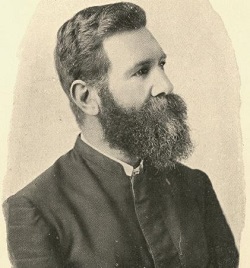
John MacNeil
Prayers in Australia: John MacNeil, who migrated to Australia at the age of five, became a tireless and passionate evangelist. In 1889 he brought together four other Presbyterian ministers to pray fervently for revival. They met every Saturday afternoon for two hours of intercession. This group, which became known as “The Band,” eventually grew to include ministers from other denominations.
Their collective prayers focused on “the big revival,” a term that frequently appeared in their conversations and reflected their deep longing for a spiritual awakening. At times, their passion for revival led them to spend entire nights in prayer.
One member of “The Band” testified of a vision he received:
Great crowds flocking to the Exposition Hall, people hanging onto overloaded street cars wherever they could.
After sending a letter to every minister in the state of Victoria, inviting them to unite in prayer with “The Band,” a prayer gathering was scheduled for October 3, 1889, at the Temperance Hall, where 700 ministers attended.
Although MacNeil passed away August 27, 1896, at the age of 41, the prayer movement continued. Mrs. Warren, a dedicated leader in the prayer effort, saw the 30 home prayer meetings she organized explode to 2,100 homes, attended by 15,000 people.
Following all this prayer, the United Churches of Melbourne, Australia, invited American evangelist R. A. Torrey to lead a series of evangelistic meetings in Melbourne.

Reuben A. Torrey
R. A. Torrey and the Revival of 1902
Torrey arrived in Melbourne on April 2, 1902, for a planned 4-week mission. Stuart Piggin described the Simultaneous Mission as:
Probably the greatest evangelistic campaign in Australia’s history prior to the 1959 Billy Graham Crusades.
Preparation for Revival
The groundwork for the revival was extensive:
► A central committee of 70 people oversaw the campaign, supported by hundreds of subcommittee members.
► At least 214 churches united to participate in the mission.
► Teams visited every home in Melbourne—twice—inviting residents to the services. At the time Melbourne’s population was approximately 400,000-500,000.
► Evangelistic meetings were held in 50 strategic locations across the city, featuring 50 different Australian evangelists.
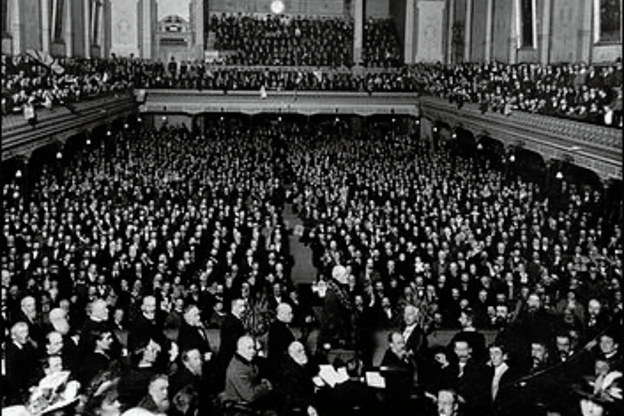
Melbourne Town Hall, one of the central areas
where meetings were held.
For the first two weeks, meetings were held at fifty different locations across the city, with preaching conducted by fifty ministers and evangelists. During the last two weeks, the meetings were consolidated in the Exhibition Building, with up to four meetings being held daily. Despite a seating capacity of 8,000, 15,000 attempted to enter every night.
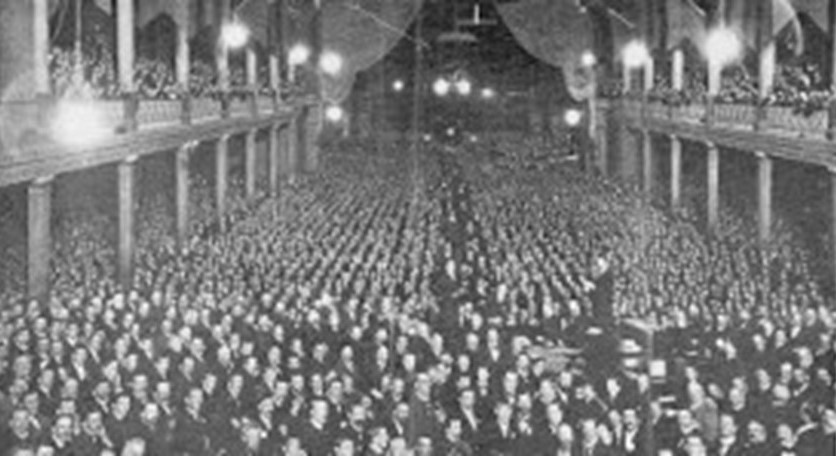
Melbourne Exhibition Building
Key Figures and Highlights
► International speakers included Rev. Dr. Reuben A. Torrey and William Edgar Geil alternately speaking during the last two weeks of the mission.
► Charles Alexander, Torrey’s music director, led a choir of over 1,200 voices each evening. Alexander often arrived hours early to find a spontaneous choir had already gathered, and he would lead them in an unplanned song service, lasting until the evening service commenced.
► The song, Glory Song, became the theme song for the revival and was sung at every service. It ran like wildfire through the nation. One could hear that song being sung wherever they would go–on trains, in shops, at factories, in places of business, in homes, etc.
► Christians greeted each other with the words:
The Big Revival has begun, glory be to God.
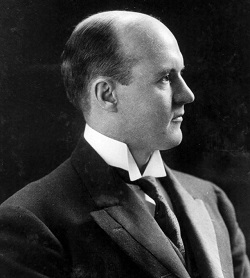
Charles Alexander
The work of the Holy Spirit in Melbourne sparked other revivals, including the
1905-1906 Queensland Kanaka Revival and the 1905 Mukti Revival in India, a revival which in turn sparked many other revivals throughout India.
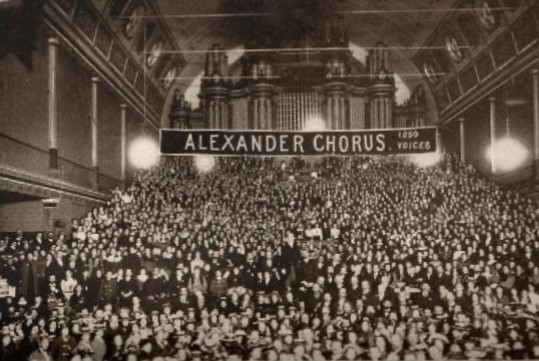
1,250-voice choir led by Charles Alexander
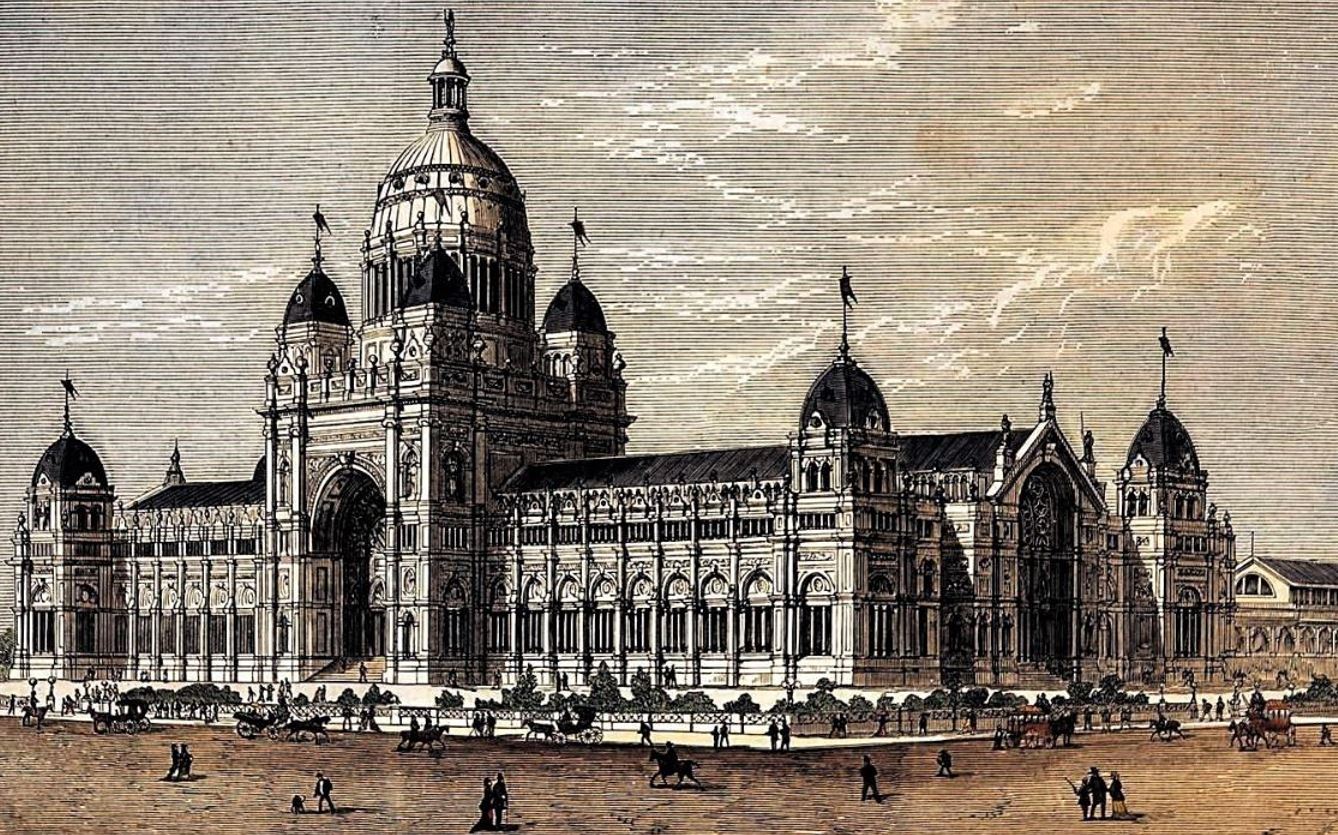
Melbourne Exhibition Building
Conclusion of the Simultaneous Mission
The Simultaneous Mission concluded on May 9, 1902, with nearly 10,000 people attending the closing service at the Exhibition Building.
Results
► Over 8,624 people professed faith in Jesus during the four-week campaign.
► Weekly attendance reached 250,000, in a state with a population of just 1 million.
► Entire families came to Christ.
► A policeman reported that in his district, he and his fellow police officers had practically nothing to do.
► Theater managers stated that they might have to close their business if the mission continued.
Worldwide Tour
The Torrey-Alexander Worldwide Tour (1902-1905), resulted in an estimated 100,000 decisions for Christ. Read more with the following accounts of this Worldwide Tour:
► 1878 Garrettsville, Ohio Revival
► 1902 Revivals in Asia-Pacific
► 1903-1905 Great Britain Revivals
Primary Sources
► Ocean and Isle by William Edgar Geil
► Torrey and Alexander, The Story of a World-Wide Revival by George T. B. Davis
► Torrey and Alexander: The Story of their Lives by J. Kennedy MacLean
► Twice Around the World with Alexander by George T. B. Davis
Secondary Sources
► 50 People Every Christian Should Know by Warren Wiersbe
► 1904 Pittsburg Revival by Beautiful Feet
► A Biographical Sketch of Dr. Reuben Archer Torrey by Bernard R. DeRemer
► Evangelical Christianity in Australia by Stuart Piggin
► John MacNeil by Wikipedia
► John MacNeil, Late Evangelist in Australia, and Author of “The Sprit-filled Life” by Hannah MacNeil
► R. A. Torrey by Wikipedia
► Rev. John MacNeil by The Brisbane Courier
► Revive Us Again, Lord! By Sue Tinworth
► Simultaneous Mission by The Sydney Morning Herald
► Studies in Australian Christianity by Stuart Piggin
► The Big Melbourne Revival by Kristine Lee
► The Spirit-Filled Life by John MacNeil
► William Edgar Geil by Wikipedia
Return to List of Revival Stories
Chet & Phyllis Swearingen:
Office: (260) 920-8248
romans1015@outlook.com
Beautiful Feet
P.O. Box 915
Auburn, IN 46706


